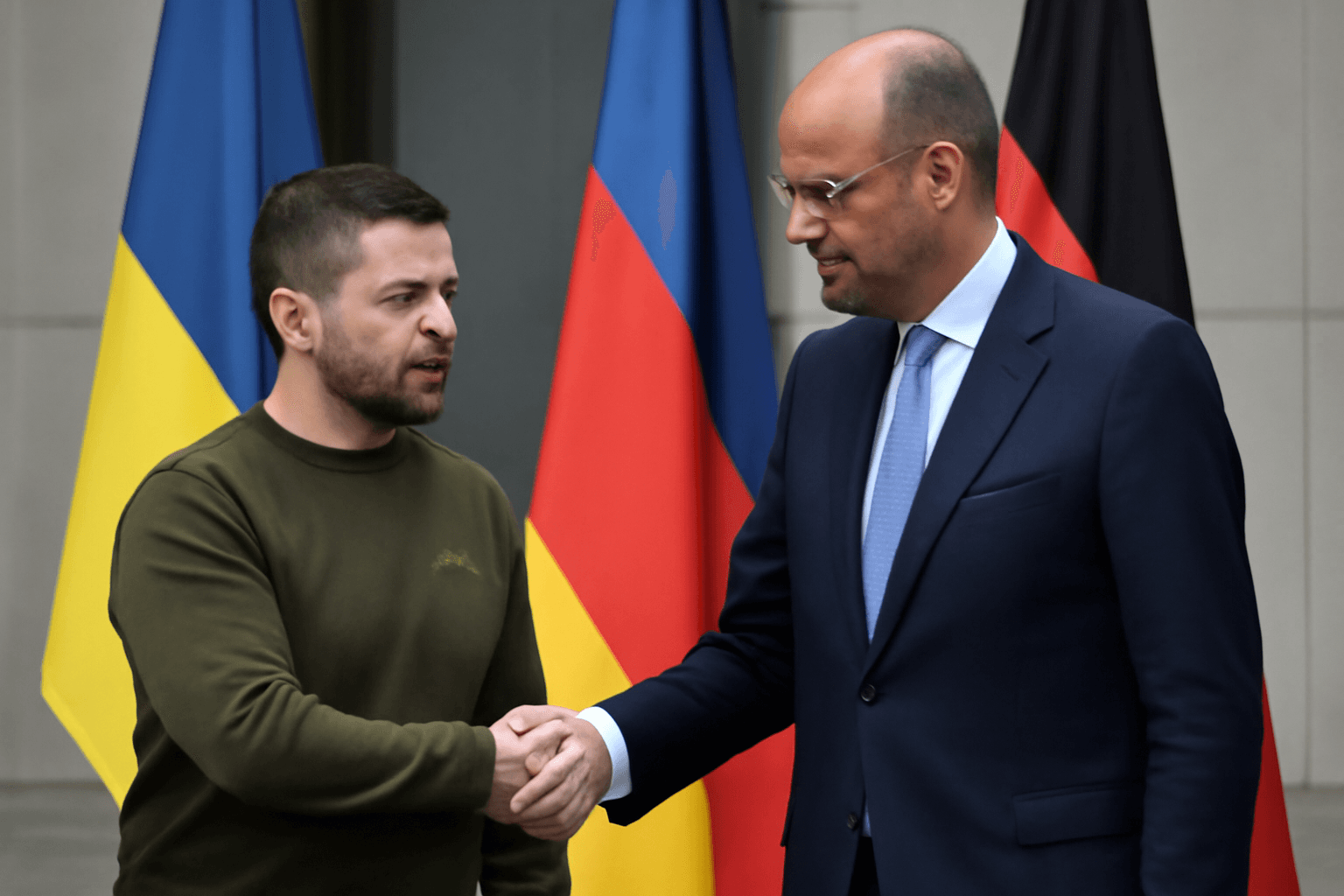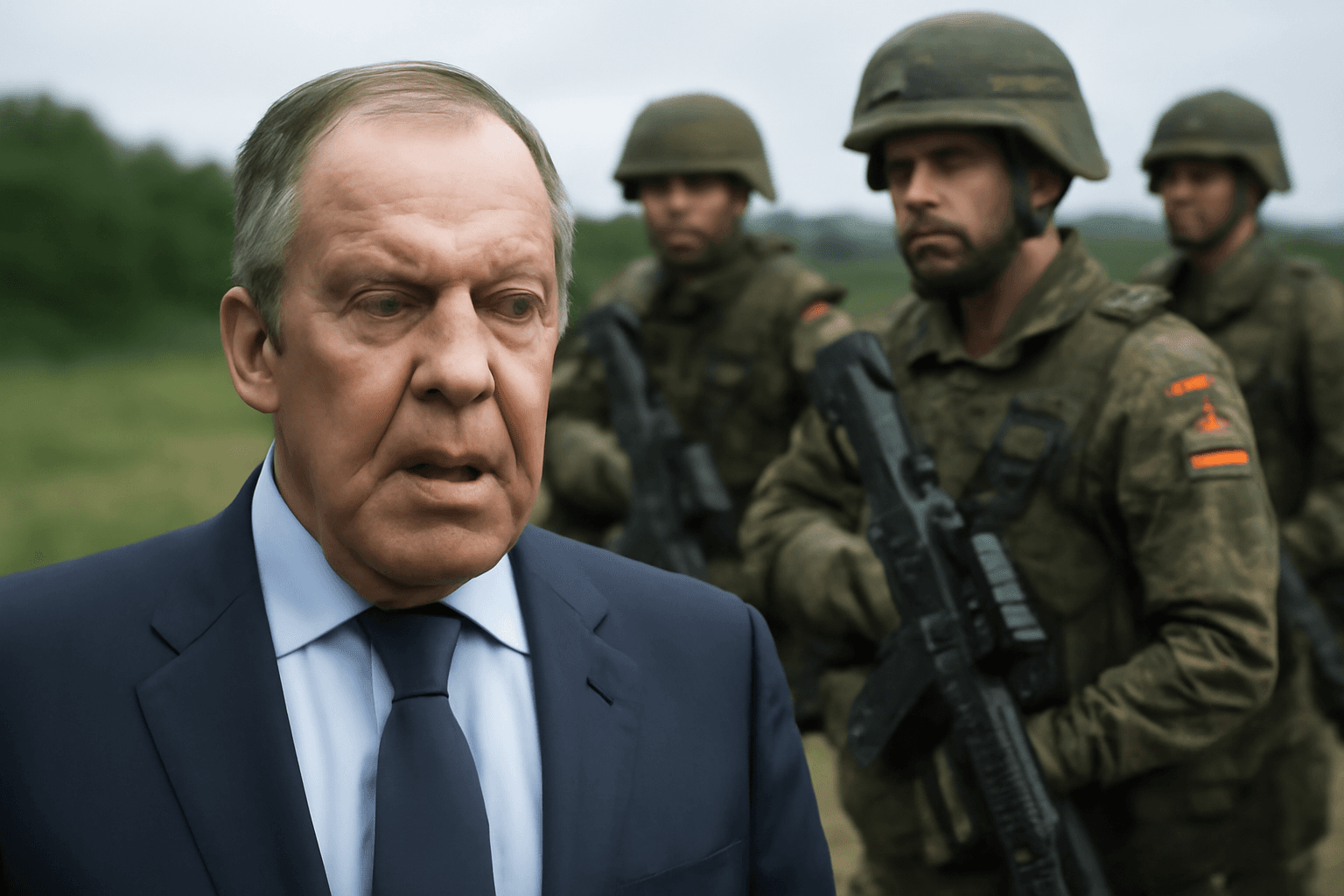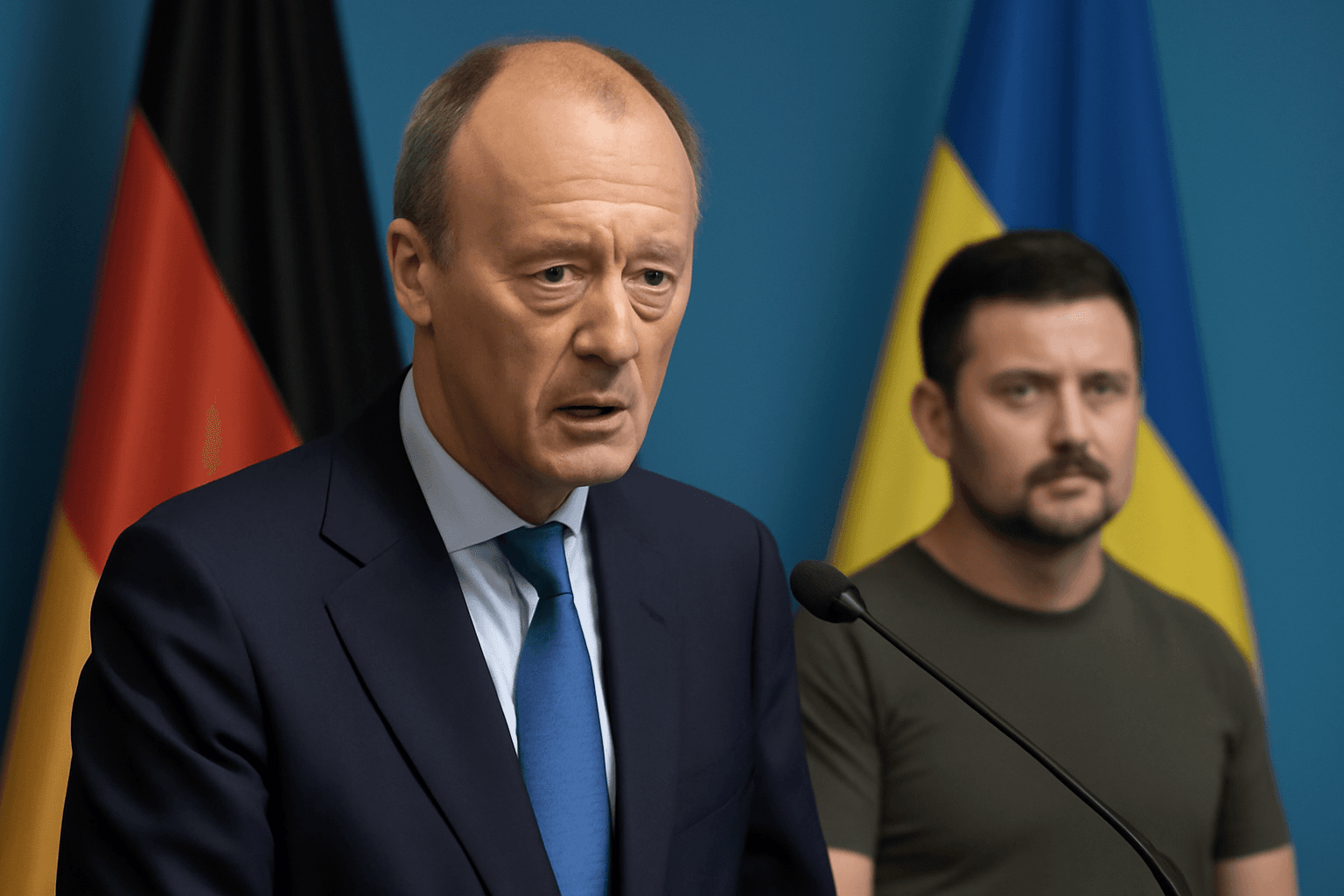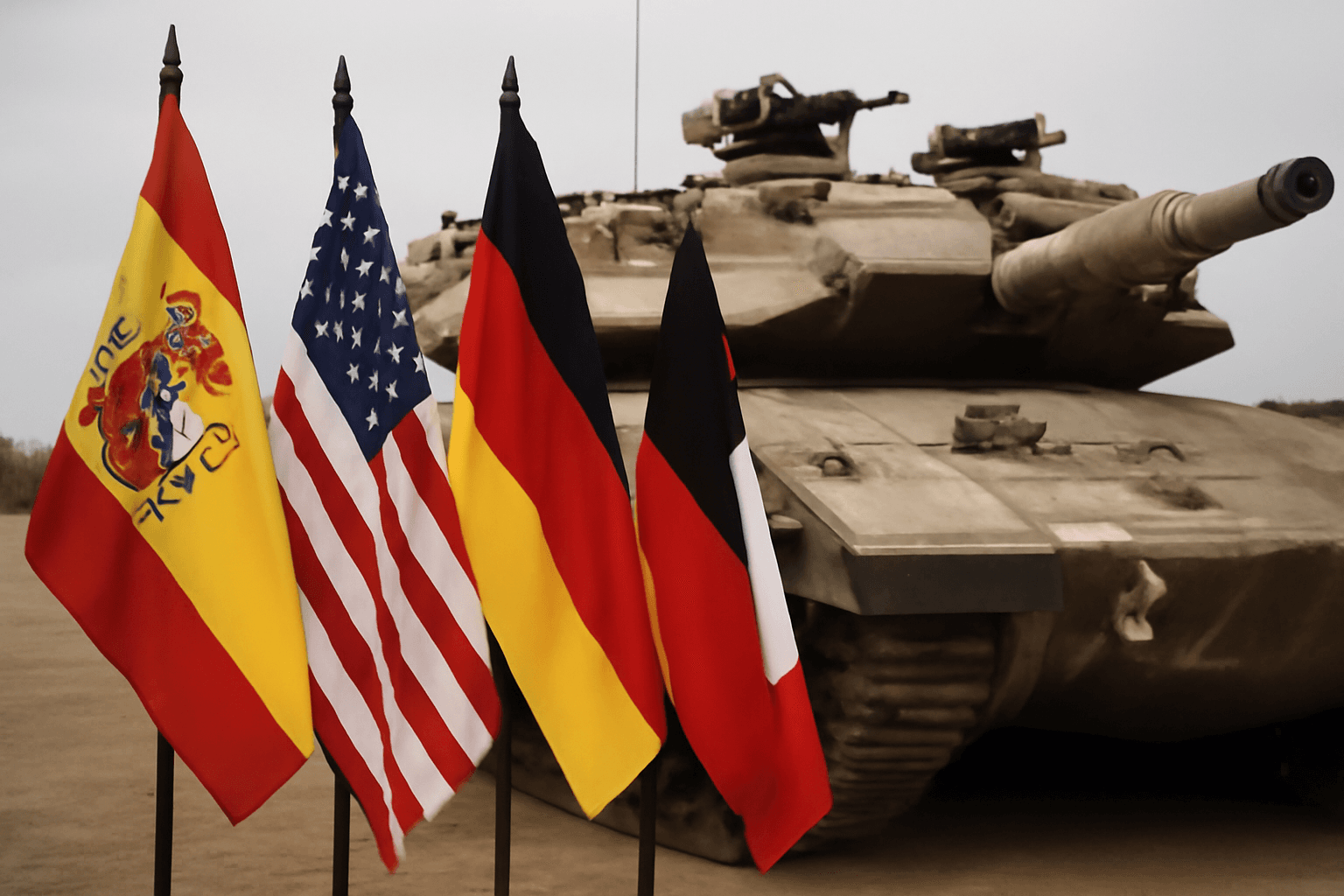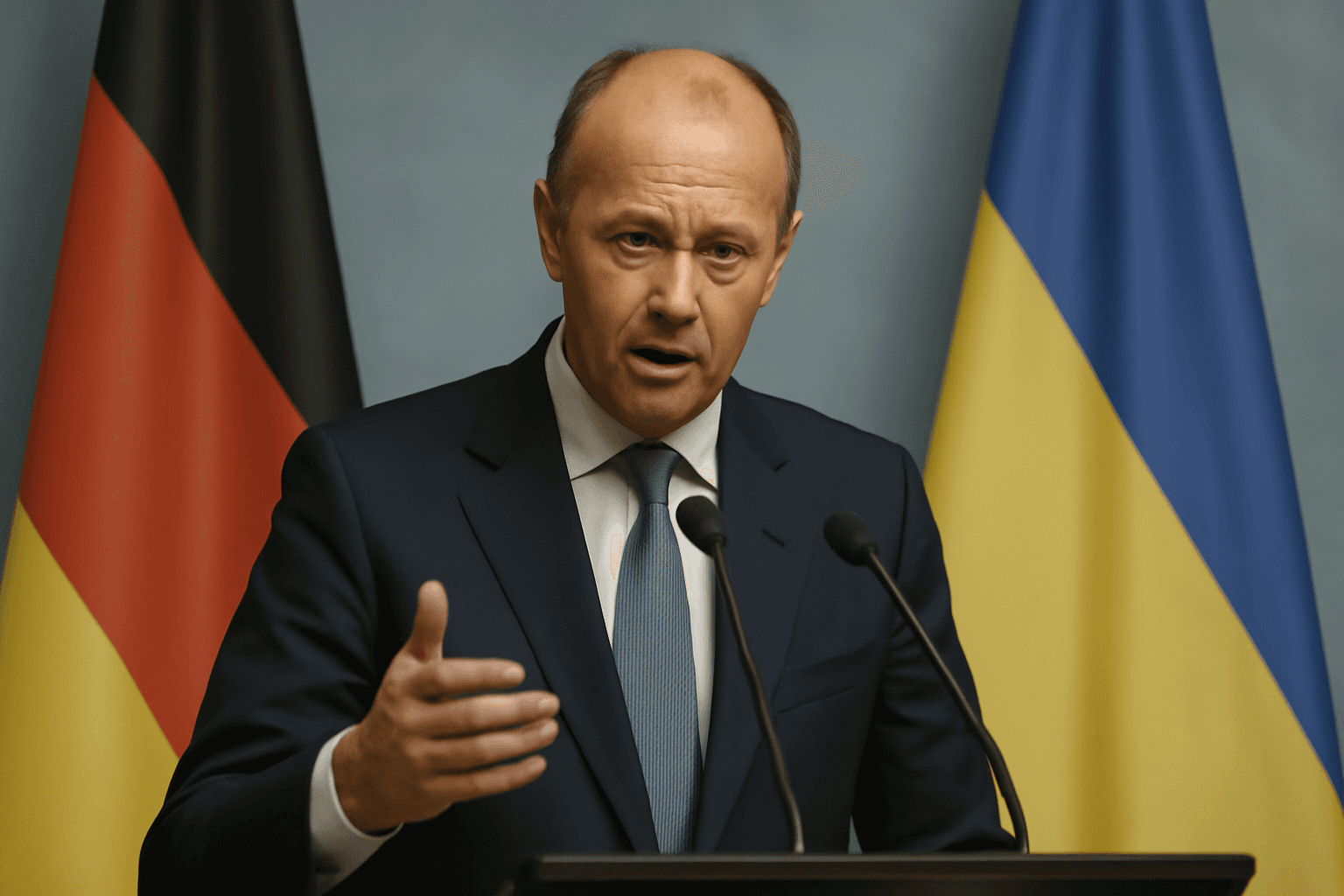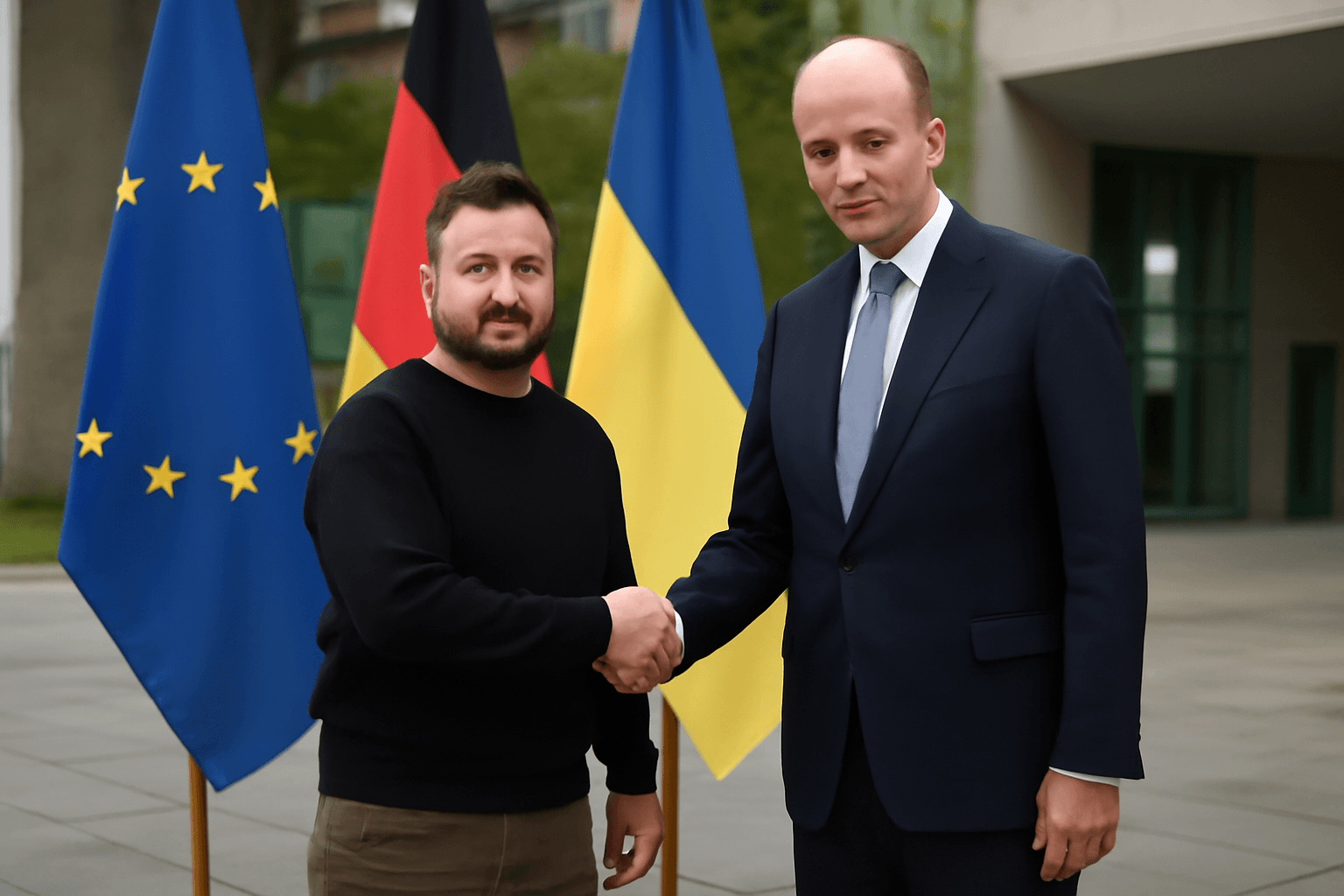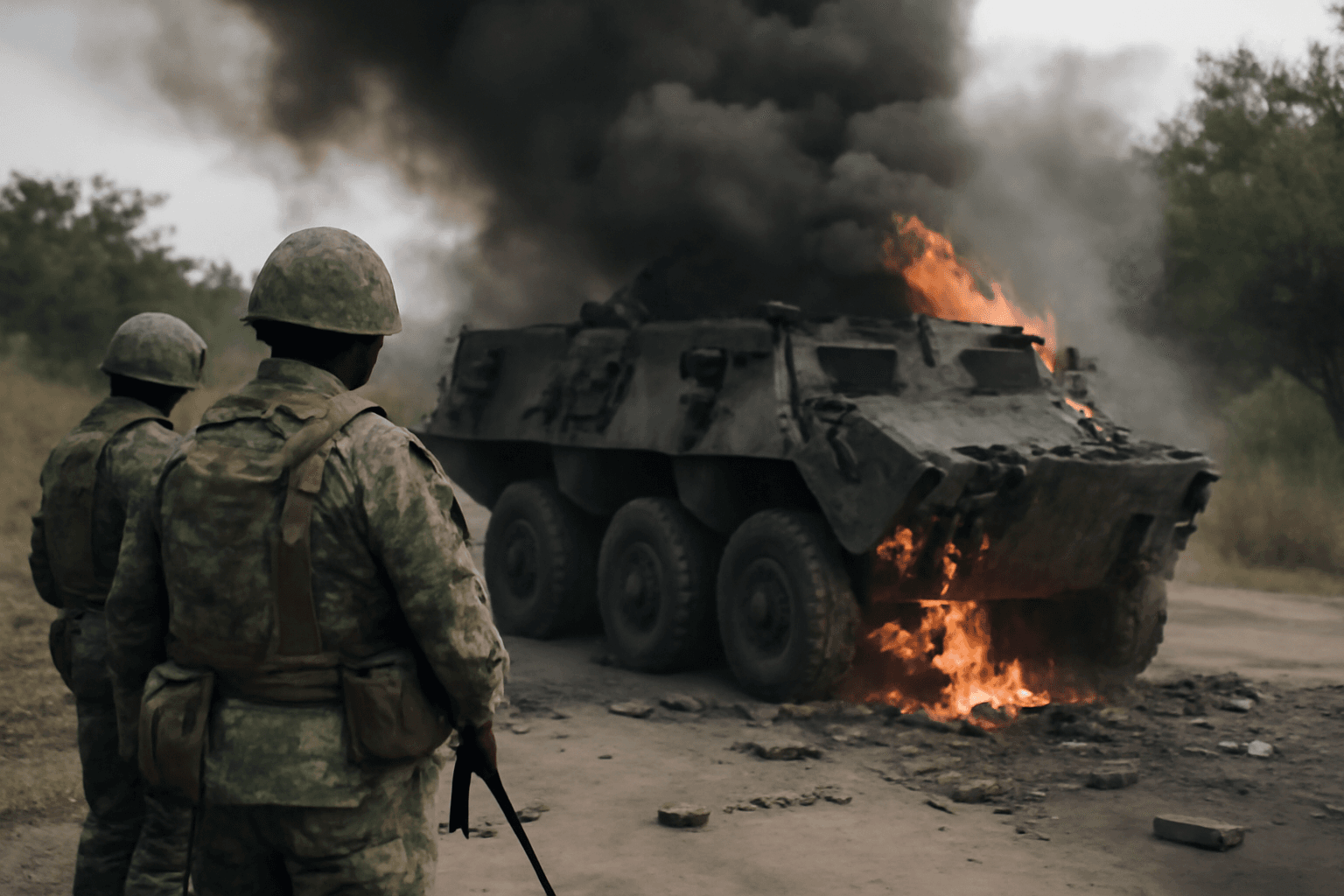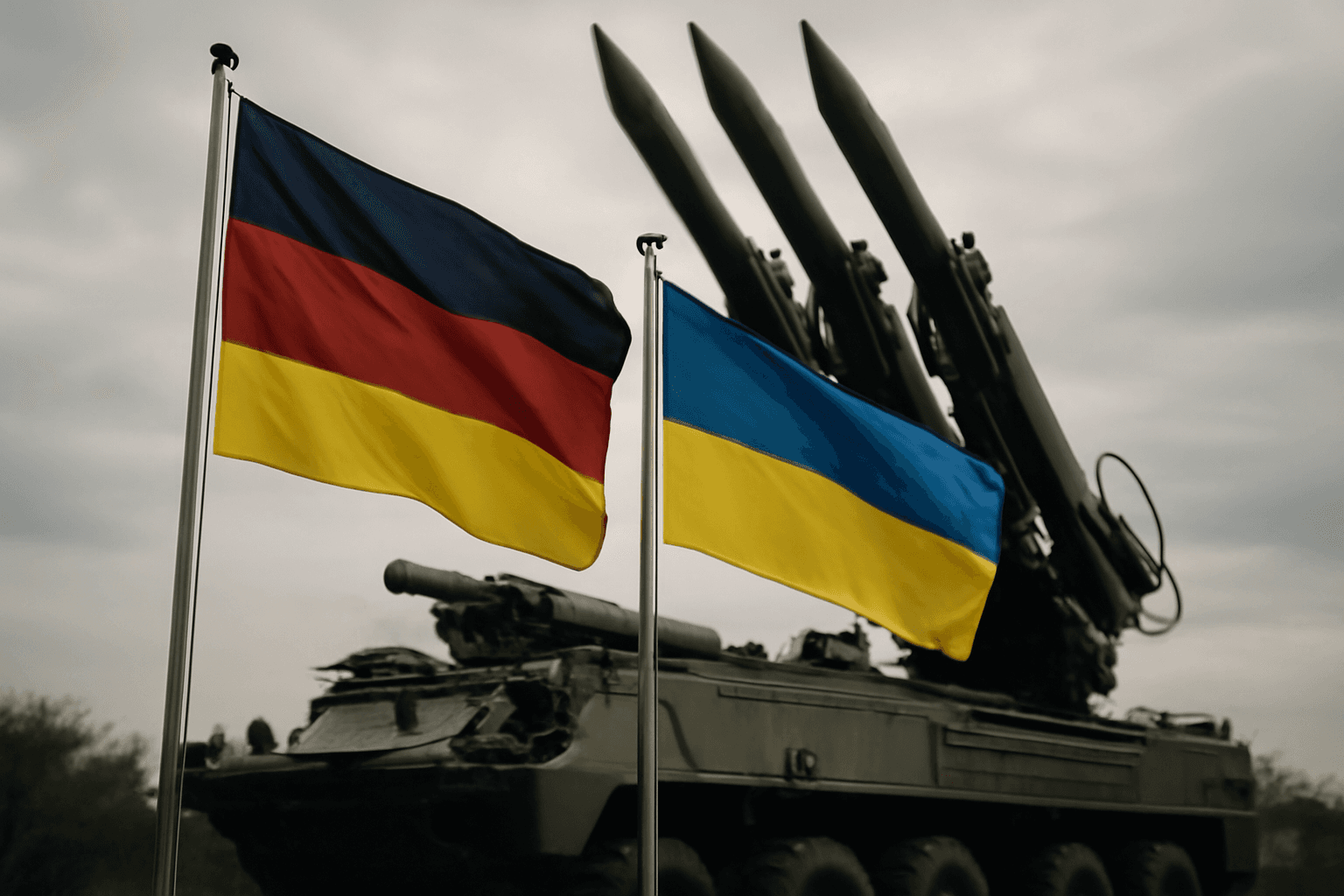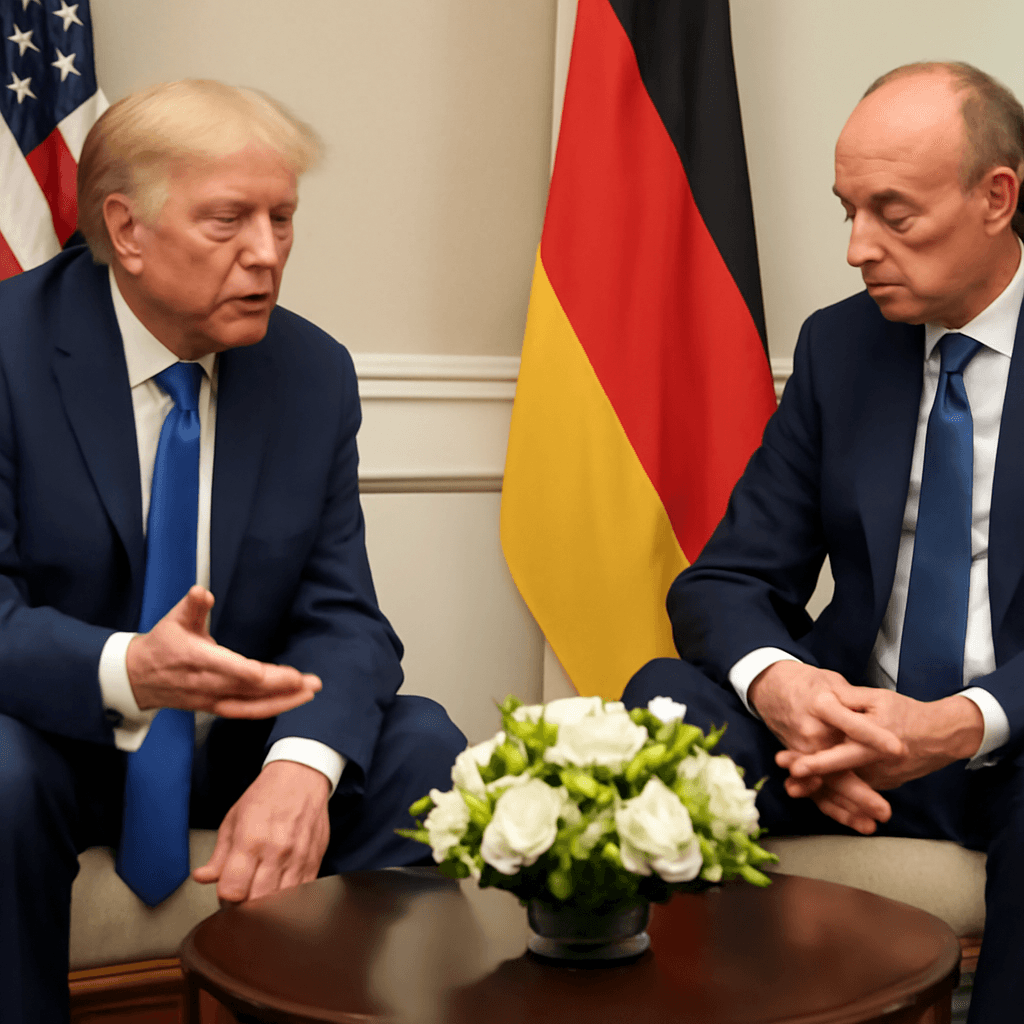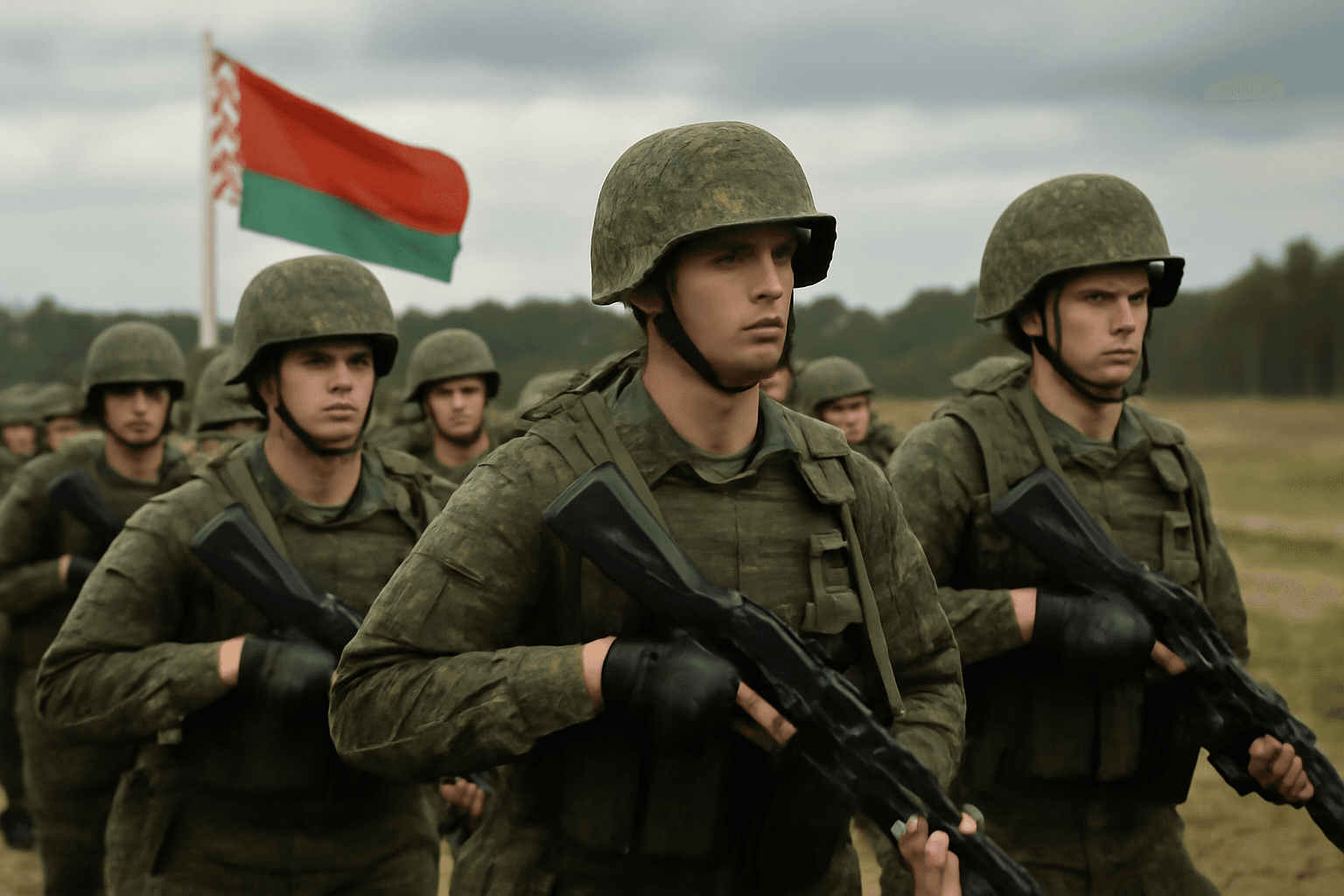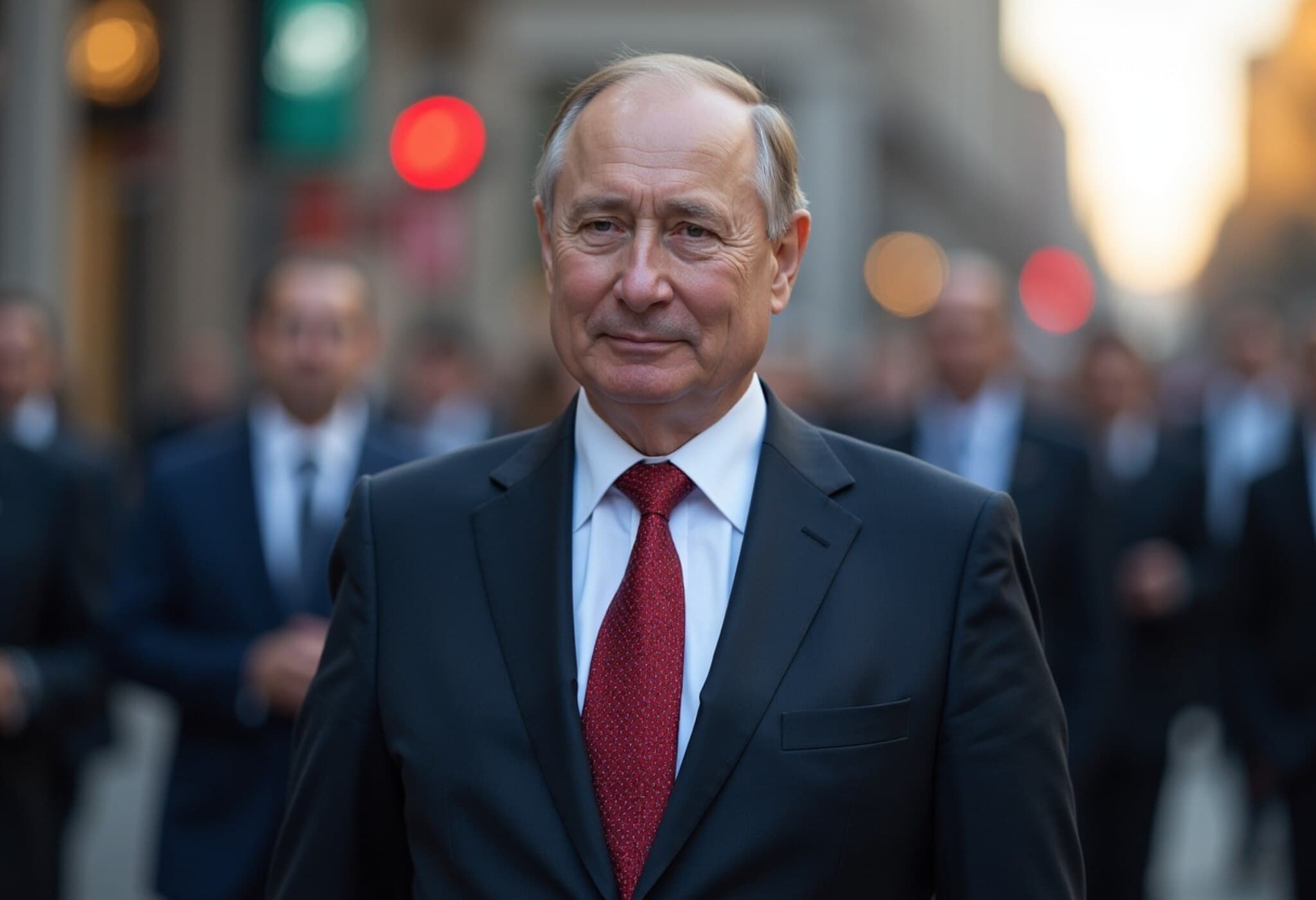Despite former President Donald Trump's known skepticism towards NATO and Europe, recent military developments indicate increased US commitment to reinforcing NATO's northern defenses in response to escalating Russian aggression.
In recent weeks, US forces have participated alongside British, Finnish, Swedish, and Lithuanian troops in joint military exercises across the Nordic and Baltic regions. Notably, these drills have taken place on Sweden's strategically significant Gotland island, positioned near Russia's heavily militarized Kaliningrad exclave. Gotland is central to Sweden’s ongoing rearmament efforts and is poised to become a vital hub for NATO logistics and maritime control in any potential conflict scenario.
The military activities coincide with heightened Russian military pressure, including increased attacks in Ukraine and expanded infrastructure developments near Finland’s border. This expansion has forced Washington to acknowledge the necessity of maintaining a strong NATO presence in Europe, despite political disagreements.
Strengthening Defenses in High-Risk Areas
US troops have joined their Nordic and Baltic counterparts in comprehensive exercises involving live-fire drills, drone resupply missions, and airborne operations above the Arctic Circle. In Finland, about 6,000 soldiers from Finland, Sweden, and the UK conducted maneuvers near the Russian frontier, reinforcing readiness for potential conflicts. These operations also included simulations for medical evacuation and casualty treatment, underscoring the alliance's focus on integrated military readiness.
According to reports, the Trump administration advocated for enhanced NATO lethality, with northern Europe serving as a critical testing ground given its geographical proximity to Russia on multiple fronts. Experts highlight that NATO’s recent expansion to include Sweden and Finland has streamlined reinforcement capabilities, particularly for the Baltic states vulnerable to Russian advances.
Military Leadership Remains Focused Amid Political Tensions
Brigadier General Andrew Saslav, Deputy Chief of Staff for Operations for US Army Europe and Africa, emphasized that military orders remain consistent despite political rhetoric. He affirmed the US commitment to European defense, dismissing distractions from political messaging as irrelevant to operational directives.
Experts recognize the Baltics and Nordic regions’ crucial roles due to their access to strategic sea routes and energy resources. The island of Gotland, in particular, is viewed as a likely focal point in the event of military confrontation due to its tactical importance in the Baltic Sea.
Stefan Lundqvist, Sweden Chair at the Ted Stevens Center for Arctic Security Studies, explained that Russia’s maritime weaknesses in the Baltic make the occupation of key ports in the Baltics, Finland, and Poland a probable initial move in conflict. Therefore, controlling territories like Gotland will be crucial during the opening stages of any hostilities.
This enhanced US military presence along NATO’s northern flank underscores a reluctant but pragmatic approach to European security amid rising Russian assertiveness, revealing that strategic defense priorities often transcend political differences.


